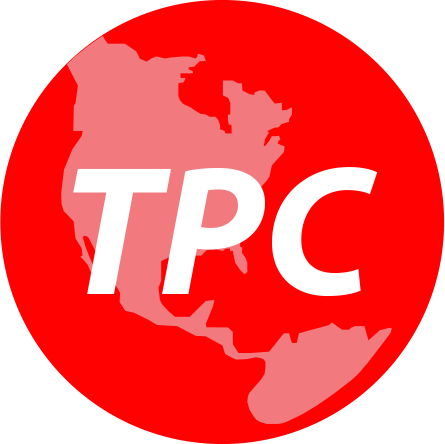Customers appreciate new technologies that save time and increase service accuracy.

The company operates sales and service facilities in 32 depots spread evenly throughout the country. All 32 sales depots are currently answering customer requests through their local connection channels. The company wants to establish a centralized customer service center. This will enable customers to call a toll-free 800 number to get the most effective and efficient resolutions to their requests. Centralized CSC generates many advantages for customers, enabling professional services for inbound calls.
From the 32 sales depots, there will be 5,000 daily inbound calls to the CSC. Moreover, 34,000 outlets are currently in telesales, generating 6,800 outbound telesales calls on average daily. Furthermore, the company operates with 252 Route Salesmen in the 32 sales depots, generating 7,600 active sales calls per day nationally.
An effective CSC setup
Business evolves over time, and many customers appreciate new technologies to save time and increase service accuracy.
Part of technology evolution is that contact points have shifted over to more effective and efficient alternatives. In the past, face-to-face contact was the ultimate way to provide optimal customer service. In the early 80s, phone contact was considered unprofessional and ineffective in building customer relations. Since then, technology has evolved, and face-to-face contact has shifted to professional state-of-the-art telephone service contacts.
The Customer Service Center is generally structured around customer call types, which are defined as outbound and inbound call types. The call types require different processes to solve, and other technologies and skills are needed to provide the most effective customer resolutions. Commonly, customers prefer phone contact. At the same time, smaller customer groups prefer Internet, SMS, EDI, or e-mail contact. To meet customer requests, the customer service center must operate with suitable contact channels to professionally handle all these multiple contact methods.
The single most significant service value is when customers can easily access empowered service contacts to resolve their requests quickly.
A master plan guided the process
We helped the company establish a professional Customer Service Center that proactively handled all outbound and inbound calls. This includes customer service center room and space setup, technical and supporting tool setup, staffing and role definition, service level agreements (SLAs), process mapping, and training, to name a few.
Systematic customer care focuses on unified customer resolution that builds and drives customer satisfaction, customer retention, and cost reduction. The objective is also to capture relevant information by listening and learning from customer experiences while doing business with the company.
Modules and content:
- Geographical responsibility and role sort overview
- Outbound calls handling
- Inbound calls handling
- Customer care – call categories
- Telesales selling focus and contact links
- Key performance indicators dashboard
Outcomes
The company has much better access to information, communication, and product ordering through establishing a centralized customer service center.
The learning has been that a professional customer service center generates competitive advantages by systematically listening to the customers’ experience. This has been done to eliminate all sales and service system defects. Business evolves over time, and a growing number of customers appreciate using cutting-edge technologies to save time and increase service accuracy.
Regular in-person visits are still essential, with a practical frequency, to ensure product availability and maintain outlet positioning.
